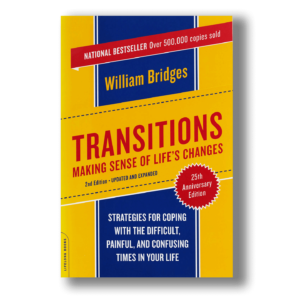When change happens around and within us, it can be challenging to feel settled or figure out the next steps. In the northeast, with winter ending and spring on its way, the weather can vary wildly from 70 degrees and sunny one day to 20 degrees with a snowstorm the next. Do I bundle up in my winter gear or walk outside with just a light jacket? These are easy decisions.
We have mask mandates lifting, people fleeing and fighting for their lives, and babies coming into the world as elders pass on. Inflation is higher than it’s been in decades. Gas prices jumped 40 cents a gallon in one week, and let’s not even talk about the supply chain.
It’s a tumultuous time. You might feel various things, from being paralyzed to being energized. One thing that brings me great hope is working with my virtual organizing clients. They are dedicated to making changes in their lives and working towards their goals. It’s inspiring to be part of their journey and provide ongoing support.
Sensing that we could all use an infusion of hope, this week, I’m sharing a personal journal entry I wrote recently during a retreat led by my wonderful friend and colleague, Yota Schneider. After she guided us in a group meditation, we did a ‘free write,’ reflecting on what came up during the quiet.
Linda’s Journal Entry
Tonight I needed to rest. My body lay down, the room was dark, and the magnificently scented candle burned. Yet my mind was in motion. There were no particular ideas but simply a running pile of words like a treadmill of thoughts. I needed to rest.
An earlier thought came into focus, planted by the question, “What was the last time you felt joy and were inspired?” The answer came in a moment.
It was this morning. Before breakfast, I looked out of the low ground-level dining room window. In the last few days, I noticed the greenery of the first crocuses emerging from the earth, but no flowers. However, this morning when I looked out, there she stood – a beautiful, happy, healthy purple crocus about to open.
It wasn’t enough to see it through the window. I needed to get close. I went out through the back door, feeling the warm air on my skin. It felt good, like spring air. I crouched down low, getting as close as possible to the crocus to welcome her back.
Joy flooded my being. Memories of the years of ‘crocus sightings’ with our children came rushing back. Every spring, we constantly looked for the appearance of the crocus. Whoever spotted it would announce to the family with exuberance, “Look, look! The first crocus is here!” We’d gather and rush outside to see and admire its beauty.
But it wasn’t just its beauty then, nor was it this morning. The crocus is hope. It’s the comfort in knowing life has a cycle, growth is continual, and a new season has or is about to arrive.
On that early March morning, joy and inspiration were palpable. My lovely purple friend joined us yet again, growing towards the sun. I snapped a photo and sent it to our kids so they too could enjoy this beautiful sign of spring and of hopeful things to come.
“The crocus is hope.”
Finding next can be difficult when there is so much angst in our world near and far. Especially when life’s ups and downs are challenging, it can be helpful to revisit positive forces. Without hope, there is no next. My wish is you discover the small and big moments of joy and inspiration to hold close. Let them be your guide forward as you find next and feel more hopeful.
What brings you hope? How do you find next when life feels challenging? I’d love to hear your thoughts. I invite you to join the conversation.















